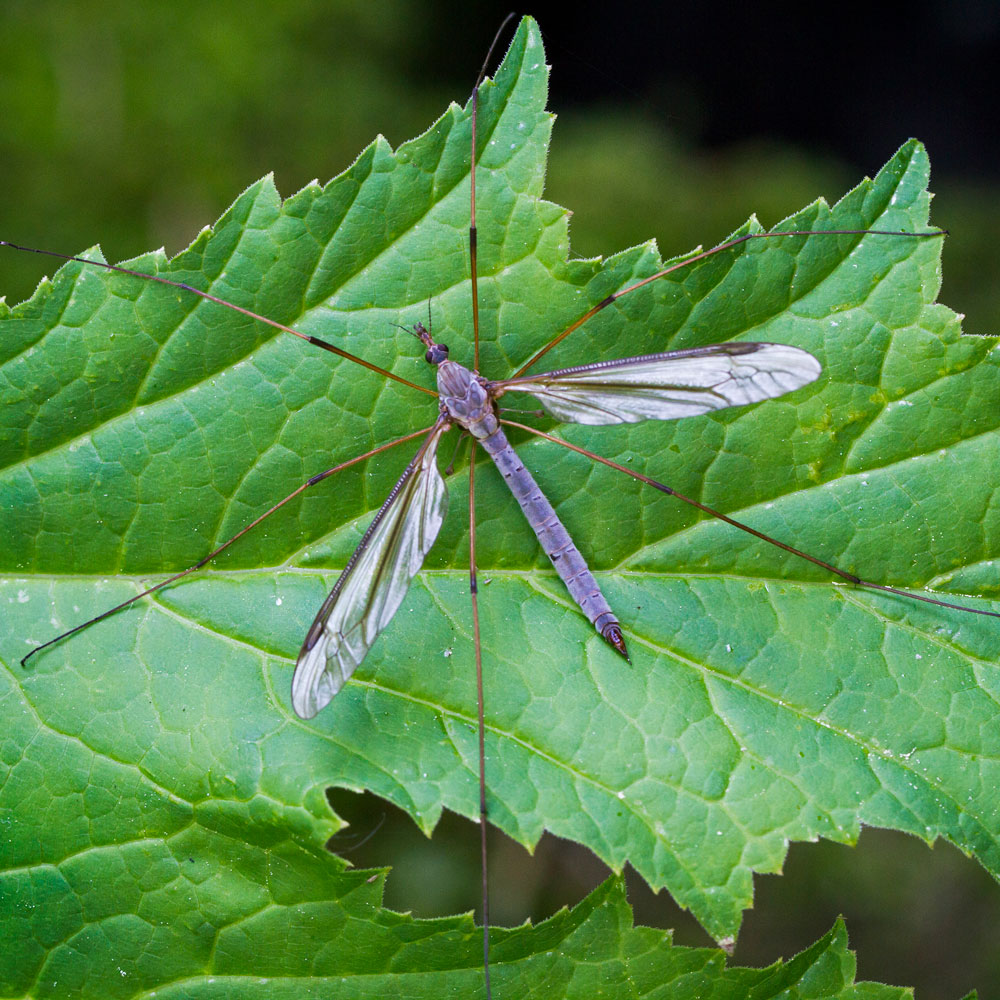Think daddy longlegs are harmless? Think again – they could be destroying your lawn
Here's how the humble pest can ruin gardens
At most, we think of daddy longlegs as annoying gangly insects – bumbling around, constantly flying into things right? But did you know they can cause great damage to gardens?!
Garden experts explain how the grubs of this perennial pest, also known as leatherjackets, can destroy massive areas of grass.
More for thought: Are you breaking the law in your own back garden?

So how do they cause so much damage? Firstly, these grubs prove too much of a temptation to some. From early August until the end of October, our lawns will be subjected to attacks by birds and animals digging up grass in search of these tasty grubs.
A number of garden birds, along with badgers and foxes, are the main culprits on the lookout for these grubs. They'll effectively rotovate large areas of lawn in their search for food.
Another issue is the lawn damage that these underground grubs can cause by chewing away at the roots of the grass.
According to the RHS, ‘Leatherjackets can damage lawns and sometimes kill small plants in flower beds and vegetable plots by eating roots and stem bases.’
Get the Ideal Home Newsletter
Sign up to our newsletter for style and decor inspiration, house makeovers, project advice and more.
Homeowners with newly-laid lawns should be particularly on guard, as the grubs enjoy nothing more than fresh new roots.

The daddy longlegs leatherjacket larvae typically hatch from late July. They then stay underground until they pupate the following April/May.
The grubs lay their eggs on the lawn surface in the summer and the cycle repeats itself. The leatherjacket larvae is a grey/brown colour and usually about 2.5cm long.
The most effective treatment is Nemasys Leatherjacket Killer from BASF.
Buy now: Nemasys Leatherjacket Killer, £20.99, Nematodes Direct
This treatment is in the form of a natural fibrous paste, mixed with water. It's applied to the lawn with a watering can and is completely safe for kids, pets and other wildlife such as bees.
Related: 5 simple ways to improve gardens during lockdown – without spending a penny!
To ensure the lawn stays free of marauding corvids, foxes and badgers, the Nemasys treatment should begin in early August for the most effective control.
Tamara was Ideal Home's Digital Editor before joining the Woman & Home team in 2022. She has spent the last 15 years working with the style teams at Country Homes & Interiors and Ideal Home, both now at Future PLC. It’s with these award wining interiors teams that she's honed her skills and passion for shopping, styling and writing. Tamara is always ahead of the curve when it comes to interiors trends – and is great at seeking out designer dupes on the high street.
-
 How to remove algae from garden walls in five steps – and the cleaning product experts rave about for tackling it fast
How to remove algae from garden walls in five steps – and the cleaning product experts rave about for tackling it fastExperts share their top tips for getting garden walls algae-free
By Katie Sims
-
 I swore I would never choose a flat sheet over a fitted sheet – but this advice from a bedding expert just changed my mind
I swore I would never choose a flat sheet over a fitted sheet – but this advice from a bedding expert just changed my mindWhy I'm now a 'flat sheet' convert
By Amy Lockwood
-
 Small garden shed ideas – 5 ways to make the most of this garden building without compromising on space
Small garden shed ideas – 5 ways to make the most of this garden building without compromising on spaceThere's a shed for every garden size – even the tiniest ones!
By Sophie King